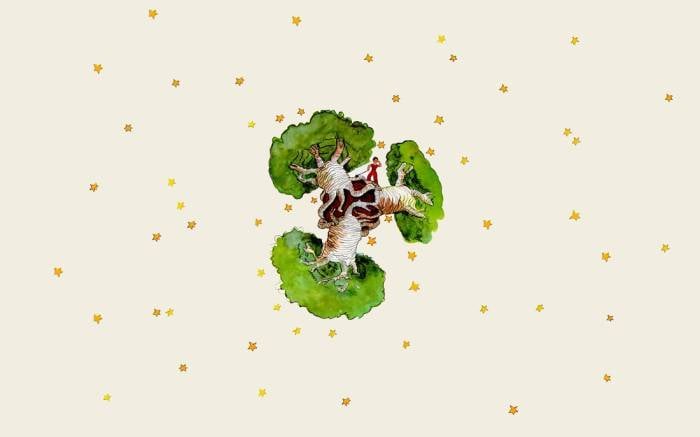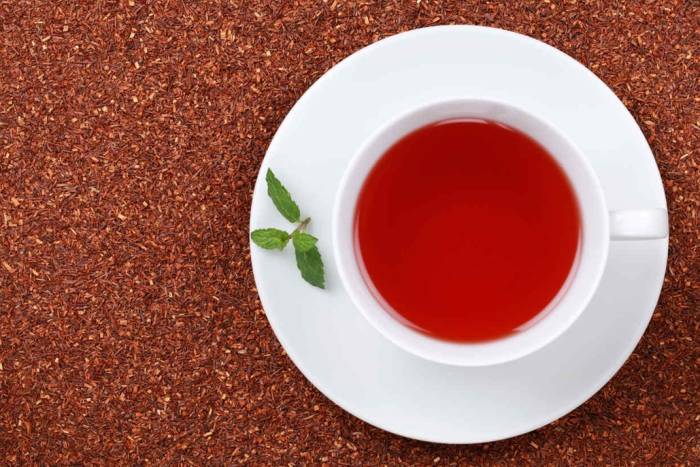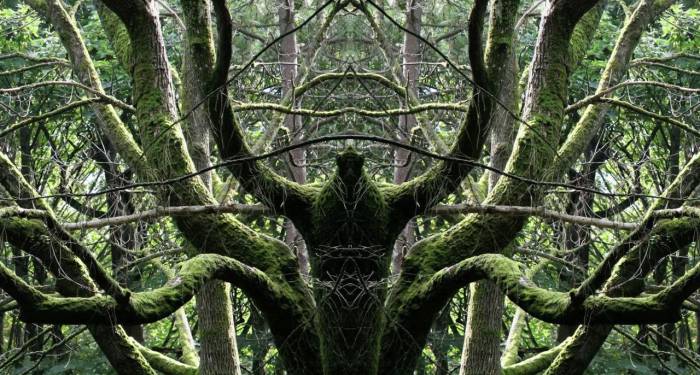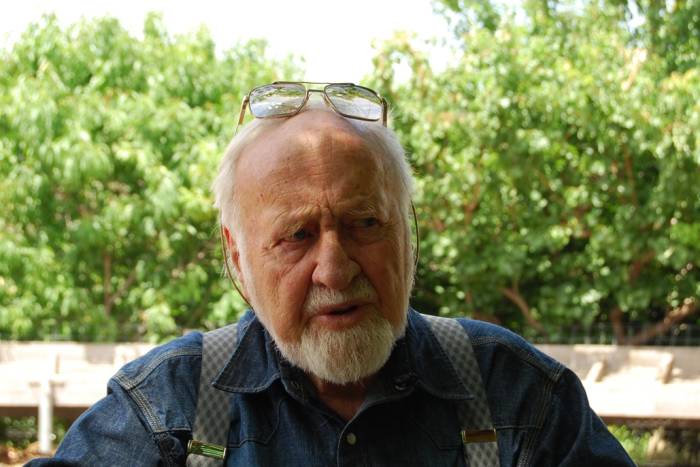Lessons Drawn From the Gaze of Native American Warriors
The implacable light and integrity of warriors through a series of stunning portraits.
He who doesn’t understand a look will not understand a long explanation.
Arabian proverb
A variety of circumstances have led us to feel increasingly distant from a time when people were accustomed to warriors walking daily amongst us. Integral beings, they practiced a philosophy of life that’s today taken on the halo of a relic and a museum-like virtue; an impeccable consistency.
Today though, we live in an era of abstraction and virtuality, far from such tangible and tactile elements as fire, a tree or even courage. Fortunately, we have reminders of the substance that lies at the source, and which transcend contemporary existential paraphernalia. And we can return, at least for a moment to the original canvas.
In this case, the reminder takes the form of photographs; portraits of Native American warriors whose gazes, by an implacable light, invite us to return to our own centers, and from there to perhaps understand life differently and to reconsider the primary virtues that at some point have accompanied our species.
These images, which could today be considered tools for the re-enchantment of reality and for the cultivation of a more warlike attitude toward life, are part of an invaluable anthropological file created by the photographer, Edward S. Curtis. In the early 20th century, Curtis spent two decades touring the territory of the United States. He visited 80 native tribes and captured more than 40,000 images.
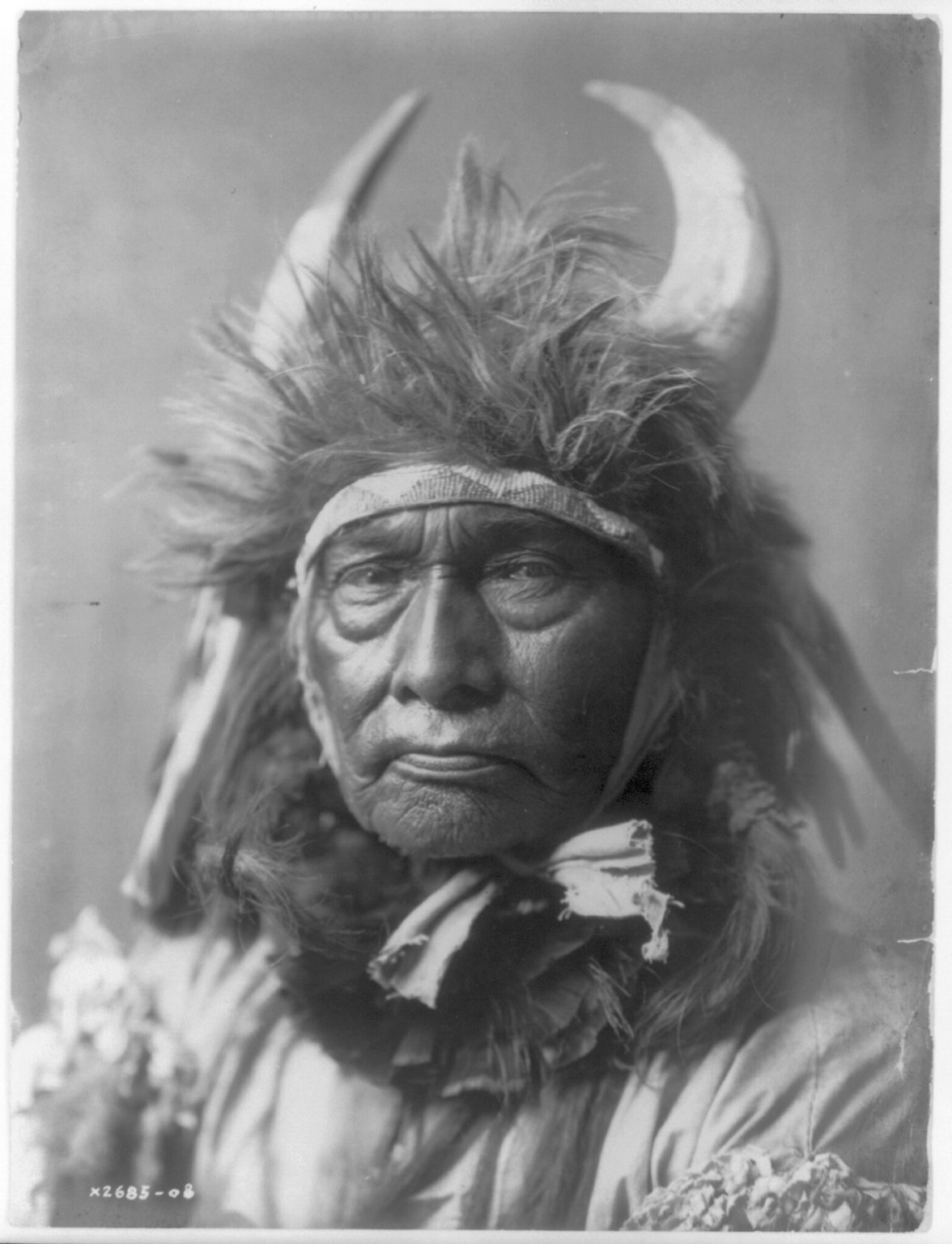
Bull Chief –– Apsaroke, 1908.
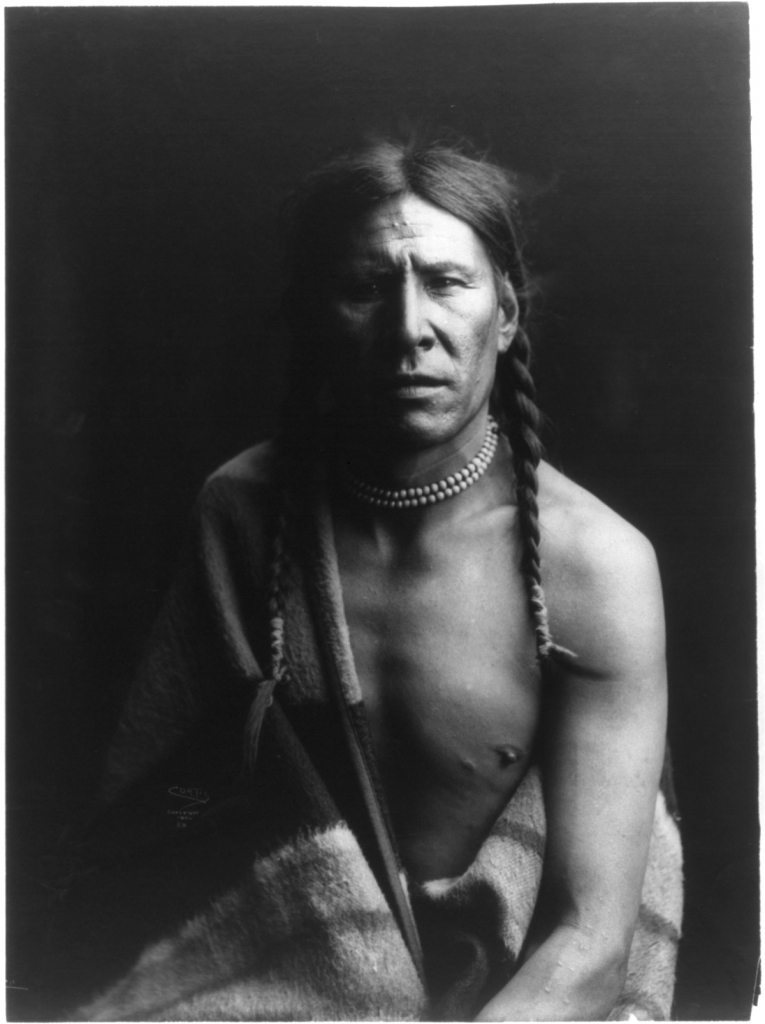
Heavy Shield, c. 1900.
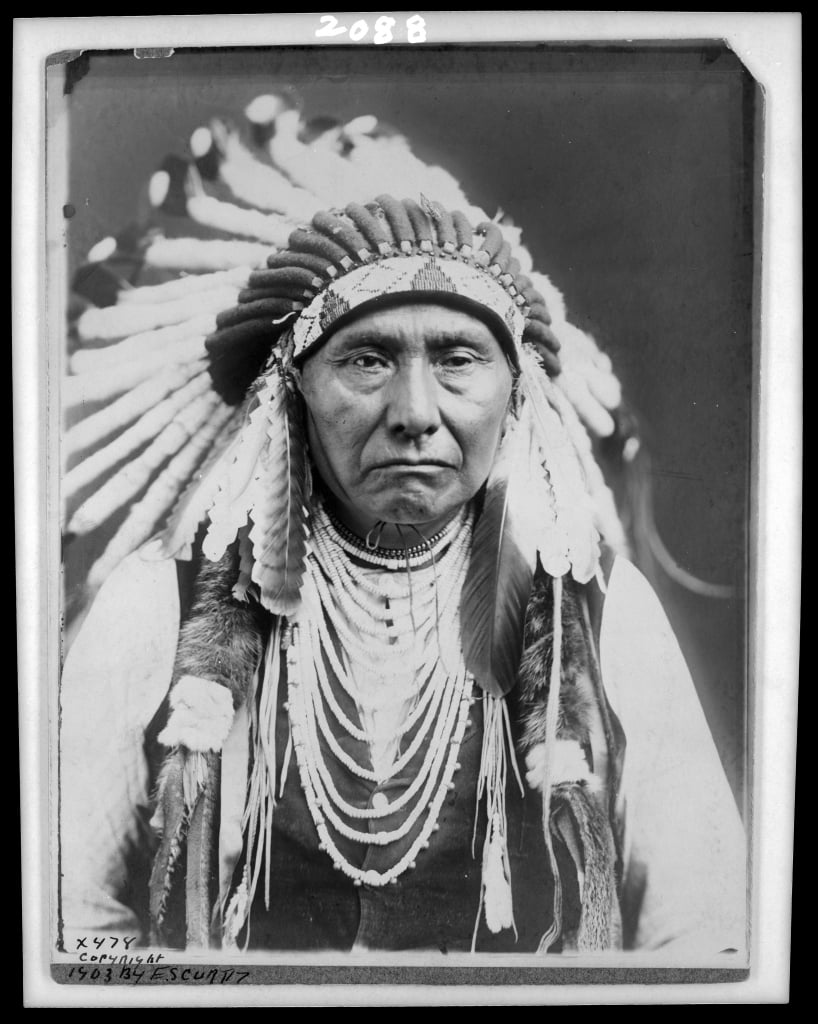
Joseph –– Nez Percé, 1903.
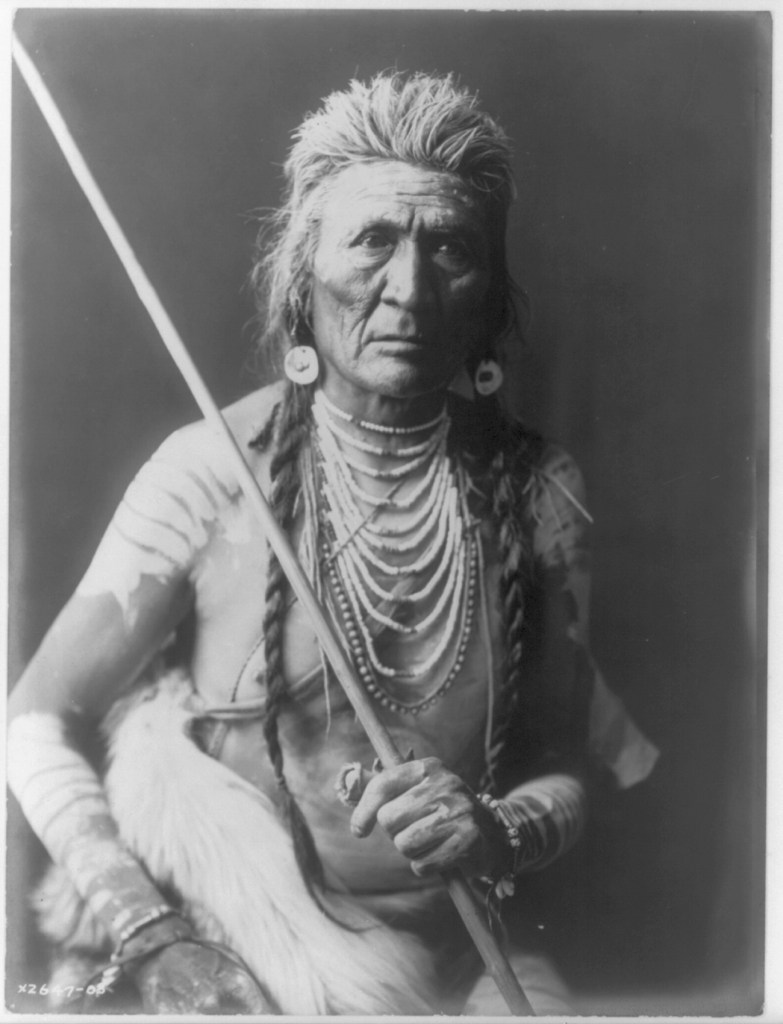
Wolf, 1908.
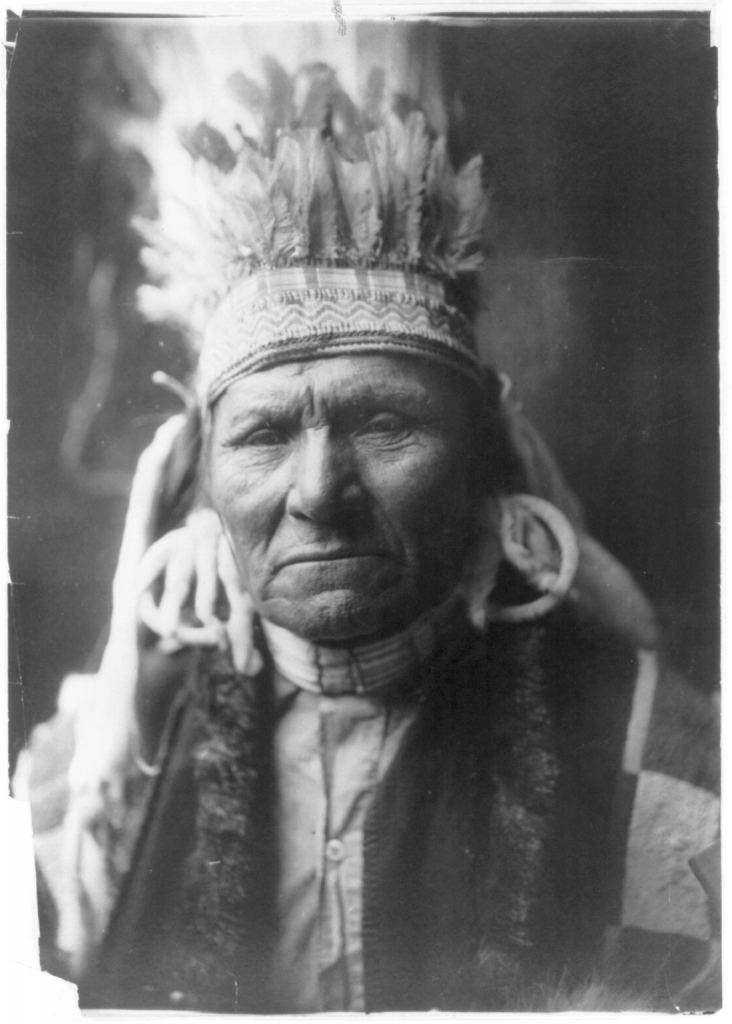
Yellow Bull –– Nez Percé, c. 1905.
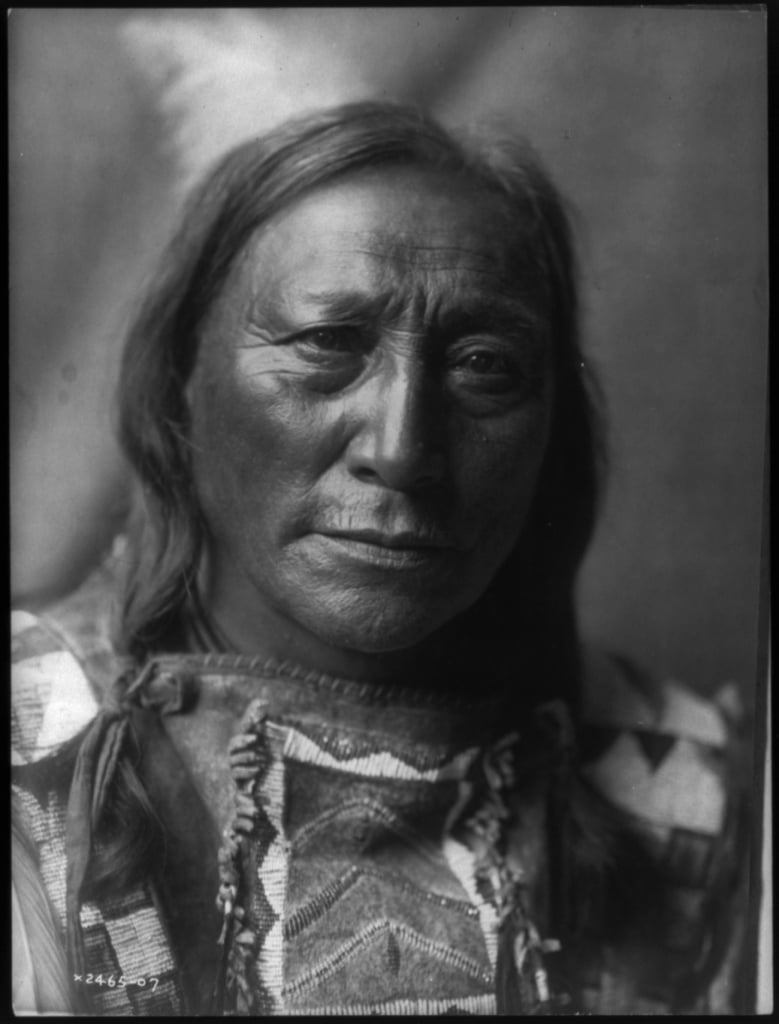
Hollow Horn Bear –– Brulé, 1907.
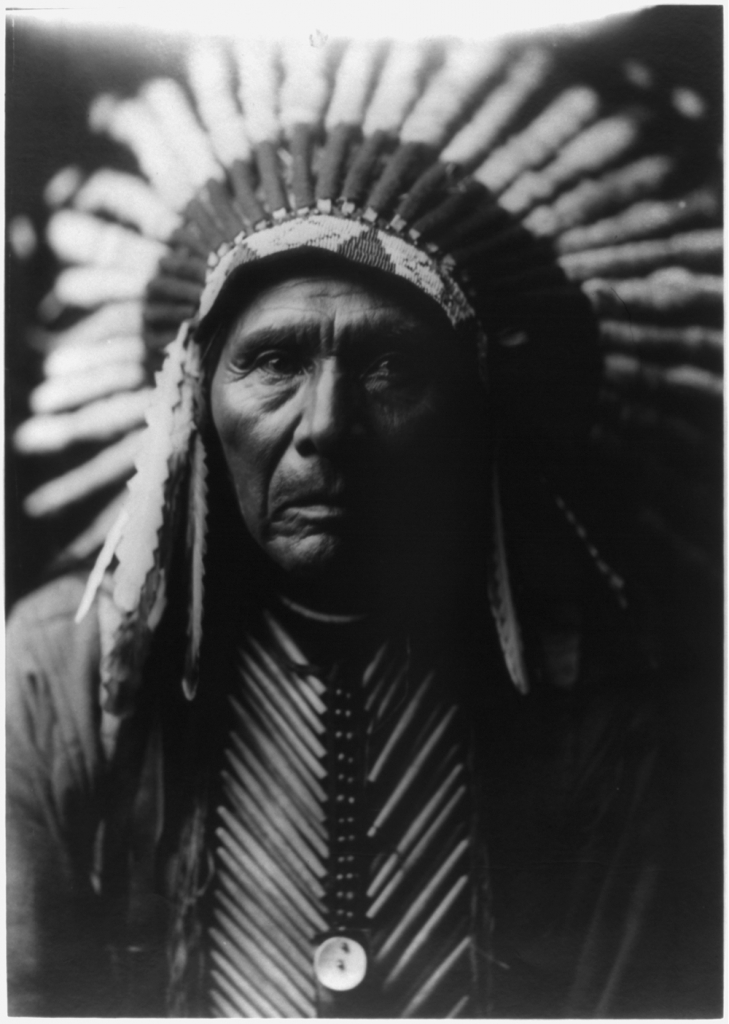
Three Horses, c. 1905.
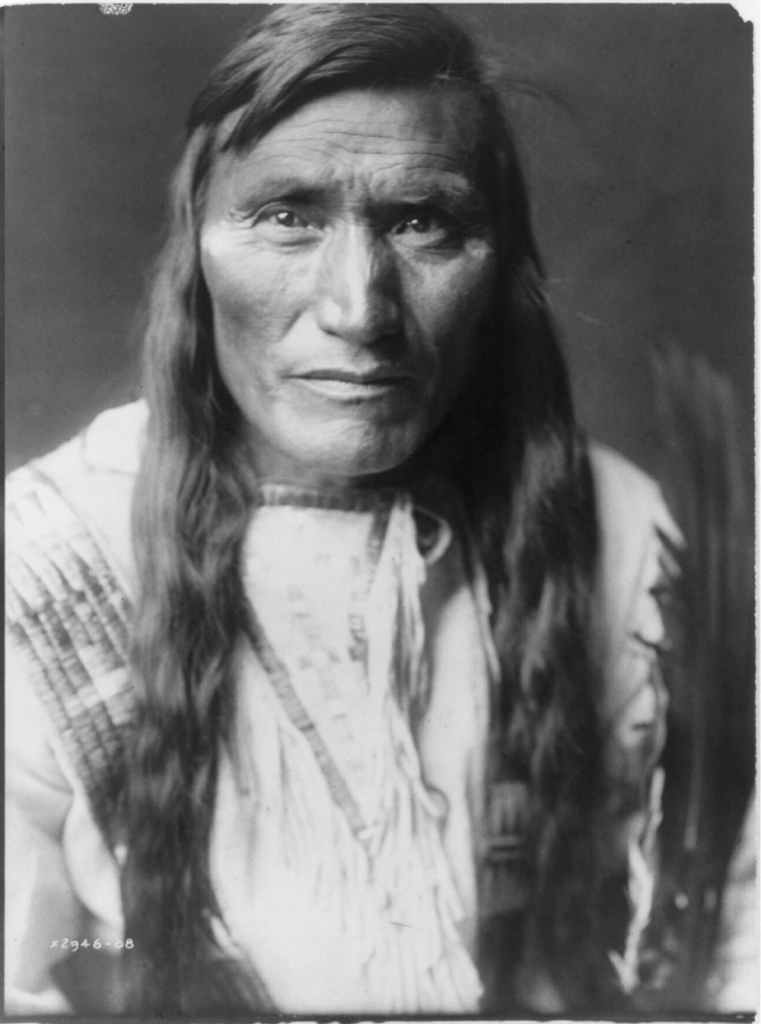
Head Dress ––Atsina, 1908.
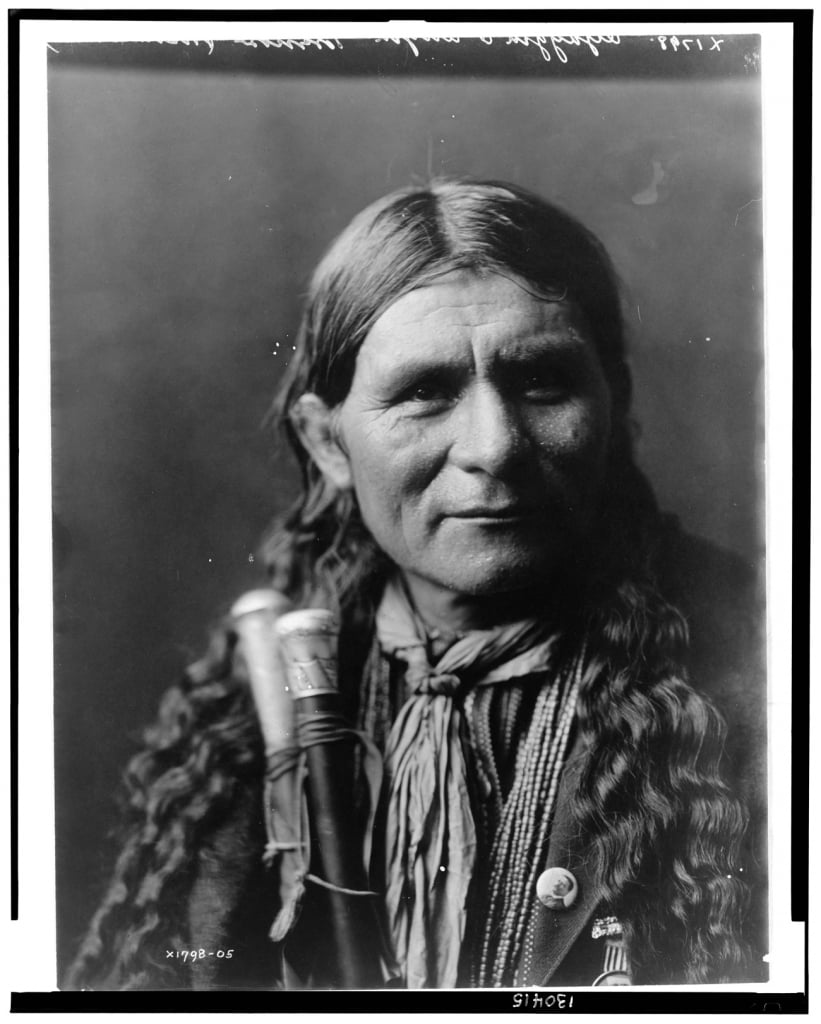
Oyegi-a ye (Frost Moving), c. 1900.
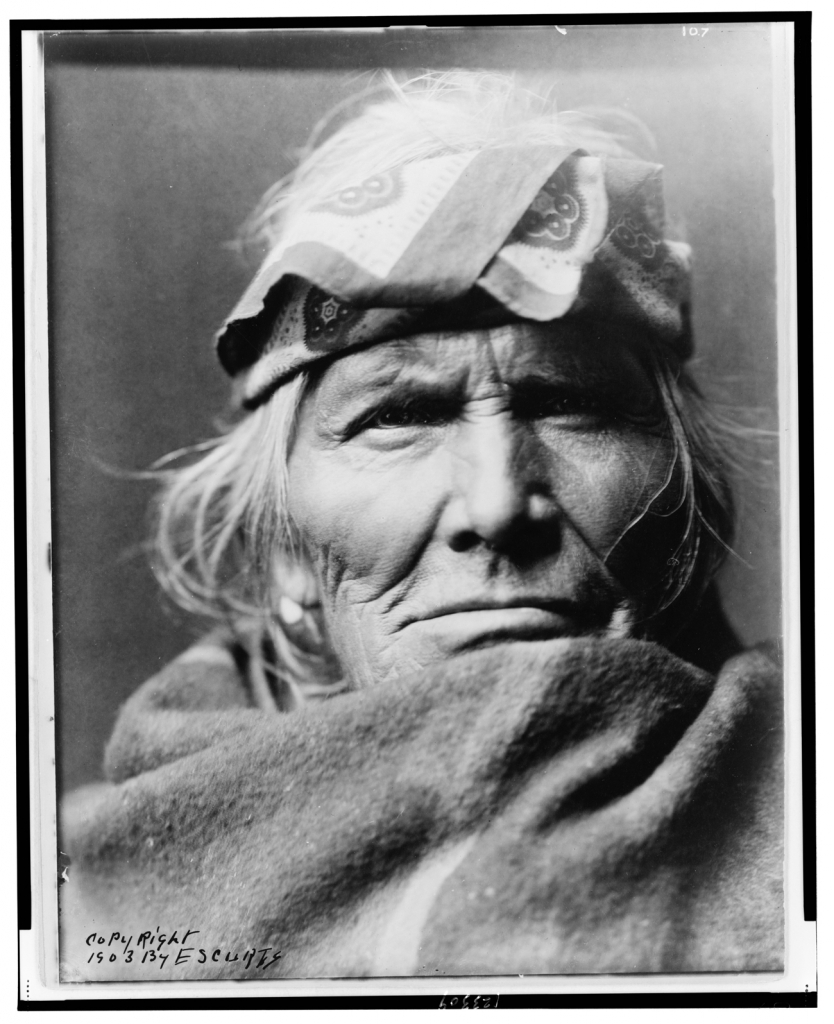
Si wa wata wa, c. 1903.
Related Articles
Why shrinking the size of life is synonymous of well-being
One of the great misunderstandings regarding modern spirituality is that to achieve it requires many things: readings, food, exercise, travel, groups and techniques. But perhaps it should be suggested
What is energy medicine yoga?
Energy Medicine Yoga (EMYoga) is slightly different from other types of Yoga, but it provides the same benefits in addition to a few very specific ones. One of them is that it gives you much more in
Red tea, the best antioxidant beverage on earth
Red tea is considered to be the most unusual of teas because it implies a consistently different preparation process. ––It is believed that its finding came upon surprisingly when traditional green
Is the internet on the verge of self-awareness?
More than 50 years ago, Marshall McLuhan described technology as an extension of our brains, constantly mutating and branching out. “These new media have made our world into a single unit,” the
How art can help us to age, healthy
Perhaps many of us already well know the formula for aging in health and wellness. A balanced diet and, as much as possible, one that’s natural. Keep our brains active and stimulated. Preserve and
Earthanima: documenting the living language of nature
The basic intuition that the Earth is alive and that nature has a language through which it communicates with us is what prompted this wood-art project named Earthanima. For the past couple of years
Dialogue with the Dalai Lama on science and spirituality
The Dalai Lama has been interested in science since he was a child. Over the years he’s visited many laboratories and has attended conferences that discuss consciousness from the scientific point of
Brian Eno's literary recommendations to rebuild society
Artists and authors often get asked what books or records they’d take with them to a deserted island. On principle, this is naturally an extreme anthology: urgency and tragedy guide its selection. It
Bill Mollison, natural ideologue and father of permaculture
Permaculture has established itself as a path towards communitarianism, but one that is in full symbiosis with nature. In practice, it is more than just a combination of agriculture, horticulture
A New Year's resolution for the earth
Worrisome quantities of waste are generated by human populations. Especially in cities, these have reached unprecedented and alarming levels. A largely uncontrolled practice, it affects everything on

